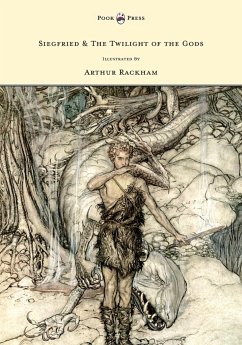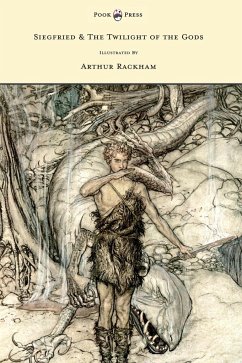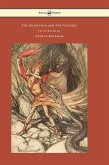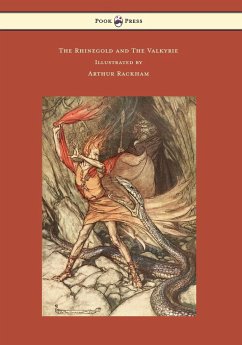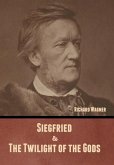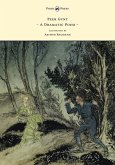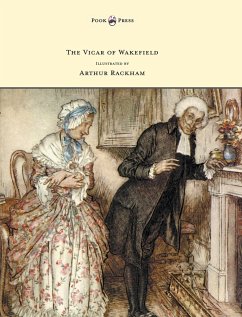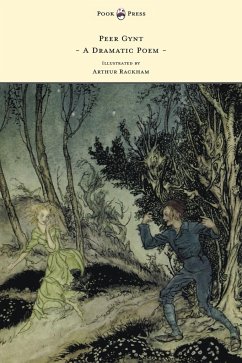The second instalment of Richard Wagner's best-known work The Ring of Nibelung has been translated by Margaret Armour and is presented in this volume alongside Arthur Rackham's gorgeous illustrations. Siegfried and The Twilight of the Gods are the final two operas in The Ring of the Nibelung cycle. Inspired by the legendary hero of Norse mythology, Sigurd, Wagner's opera portrays a man without fear and his attempt to learn apprehension. Following the narrative is the finale, Götterdämmerung, which is a German translation of the Old Norse phrase Ragnarök, referring to a prophesied war and the renewal of the world. Arthur Rackham, a master of the Golden Age of Illustration, provides dreamlike illustrations that refine and elucidate the enthralling final parts of this operatic cycle.
Bitte wählen Sie Ihr Anliegen aus.
Rechnungen
Retourenschein anfordern
Bestellstatus
Storno

